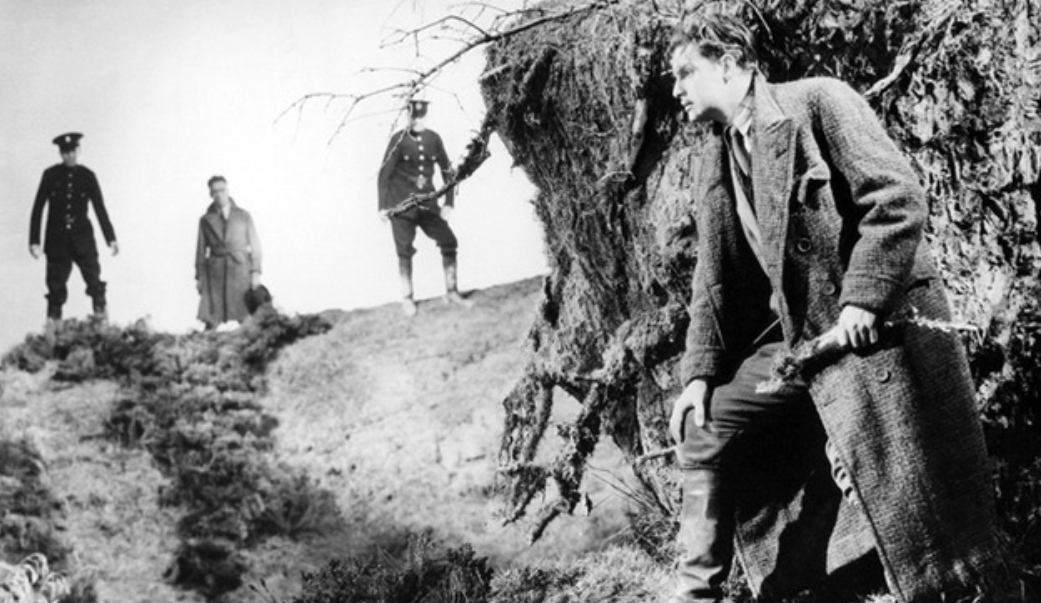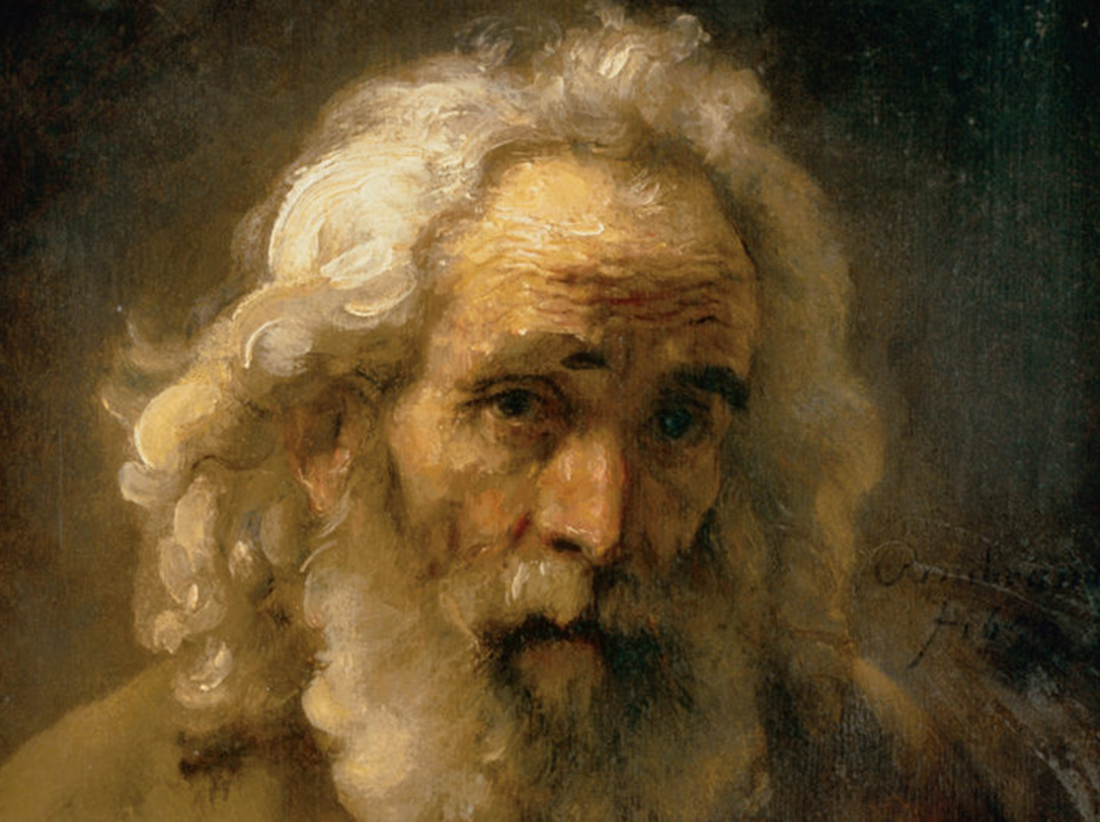
The Vandals Take the Handles
 “The Coalition Government will not stand by and allow vandals to rewrite or tear down our history,” declared a Liberal Party e-mail sent last month by Environment and Energy Minister Josh Frydenberg, after a protestor had painted anti-Australia Day slogans on the statue of Captain James Cook in Sydney’s Hyde Park. Frydenberg’s e-mail also linked to a radio interview where Malcolm Turnbull said Australians should be proud of their history and should not tamper with historical monuments by rewriting their inscriptions to satisfy recent demands by Aboriginal political activists and the ABC’s Stan Grant. Turnbull also criticised municipal councils in Melbourne and Perth who decided, because of hurt Aboriginal feelings, to no longer celebrate January 26 as Australia Day. “We should be proud of Australia and its history,” Turnbull said, “and on Australia Day we celebrate all our achievements.”
“The Coalition Government will not stand by and allow vandals to rewrite or tear down our history,” declared a Liberal Party e-mail sent last month by Environment and Energy Minister Josh Frydenberg, after a protestor had painted anti-Australia Day slogans on the statue of Captain James Cook in Sydney’s Hyde Park. Frydenberg’s e-mail also linked to a radio interview where Malcolm Turnbull said Australians should be proud of their history and should not tamper with historical monuments by rewriting their inscriptions to satisfy recent demands by Aboriginal political activists and the ABC’s Stan Grant. Turnbull also criticised municipal councils in Melbourne and Perth who decided, because of hurt Aboriginal feelings, to no longer celebrate January 26 as Australia Day. “We should be proud of Australia and its history,” Turnbull said, “and on Australia Day we celebrate all our achievements.”
When Frydenberg entered this fray, polls were showing that a strong, patriotic stand on these issues would be popular. Newspoll found 58 per cent of voters wanted the statues to be left alone, while only 32 per cent wanted change. Bill Shorten originally proposed an additional inscription to the Hyde Park statue, which says Cook “discovered this territory, 1770”. He wanted it to add that Aborigines got here thousands of years before that. However, Shorten soon recognised popular sentiment and changed his view to fall in line with Turnbull.
This was obviously a minor victory for Turnbull at a time when he needed one, but his problem is that the federal government is not responsible for the statues in Hyde Park, or any other local government area. Despite Frydenberg’s confident declaration, the best he could do was ask the Australian Heritage Council to review existing legal protections for historical monuments. He will find that, legally, they are a state government concern and, in terms of practical administration, real responsibility lies with local government. In the case of the Captain Cook statue (a great work by Thomas Woolner, funded by public subscription and erected in February 1879 before a crowd of 60,000 people), the body in charge is the City of Sydney Council.
Thanks to a gerrymander which allows inner-urban leftists to decide who gets elected to the City of Sydney Council, Lord Mayor Clover Moore and other councillors treat green, gay and indigenous issues as holy writ. When the Captain Cook statue controversy erupted, Moore said she would pass the issue to her own Aboriginal advisory panel for a determination. This is due some time in October but there are no prizes for guessing the outcome.
The advisory panel is composed of fourteen members, all of them either indigenous activists or indigenous bureaucrats, two from the Torres Strait Islands, and none of them with any qualifications in history. The co-chair, Tim Gray, is lead singer in a reggae band and a board member of the Tribal Warrior Association. If this panel’s advice is accepted by council, the Captain Cook statue will be vandalised again, this time by an official plaque or inscription far more indelible than graffiti spray-paint, proclaiming the Aboriginal political class’s perspective on Cook. Frydenberg will find this very difficult to prevent, and impossible to reverse.
He can already read the kind of text Cook’s statue will bear by inspecting any one of the memorials around rural Australia—several bearing recent vice-regal names of those who unveiled them—which commemorate massacres allegedly committed by white colonists on the colonial frontier. Monument Australia lists thirty-six existing massacre memorials on its website, but there are a lot more in the pipeline, according to the University of Newcastle, which has gained Commonwealth funding to establish a Centre for the History of Violence. The new centre has attracted a number of what it calls “internationally renowned scholars”, one of whom is Professor Lyndall Ryan, who has found no less than 150 massacre sites from our colonial history and publishes their location on an electronic map.
This column appears in the October edition of Quadrant.
Click here to subscribe
Let me give an idea of the quality of scholarship on which these memorials rely, and how easy it is for Aboriginal activists and academics to persuade politicians to endorse their claims, no matter how implausible they might be.
During the Captain Cook and Australia Day controversy last month, the federal Treasurer, Scott Morrison, in an opinion piece for the Australian on September 4, wrote how his own First Fleet convict ancestor had helped make Australia a great place. We should commemorate him and his kind, Morrison said, by preserving January 26 as our great national holiday. However, Morrison qualified his case by saying Australian history had not been without its shame and tragedies for indigenous Australians, writing:
North of Brewarrina, not far from the ancient fish traps where I was just over a week ago, is the site of the Hospital Creek Massacre, where 400 indigenous Australians were slaughtered in 1859. Unforgivably just one of many such episodes that is part of our difficult past, that should be, and is, rightfully taught in our schools.
Now, even though I have done a fair bit of research on frontier conflict, before I read this I had never heard of the Hospital Creek Massacre. So I looked up Monument Australia and found it has the text of the inscription Morrison saw, confirming the scale of the incident:
When the station stockmen found the carcass [of a cow], they tracked the killers back to Hospital Creek, where they massacred every Aboriginal they saw. It is unknown exactly how many were killed but generally it is agreed at about 400.
I looked up Trove to see if any of the country or metropolitan newspapers of the day had reported the incident, but found no mention of it. I couldn’t find anything about it in New South Wales parliamentary records in 1859, or any year thereabouts, either. This was surprising since the killing of 400 Aborigines, or anything like that number, would have amounted to the worst single case of indigenous slaughter in the history of Australia, or indeed in the history of any British colony to that time.
It was an incident that would have been impossible to keep quiet, since there were too many bodies to burn or bury. Someone was bound to find and report them sooner or later. At Myall Creek in northern New South Wales, where there was a real massacre of twenty-eight people in 1838, the alarm was raised by the station overseer when he returned to the property after a week’s absence to find the local Aborigines missing. Even though the convicts who killed them tried to burn all the corpses, some individual bodies could still be personally identified. The killing site itself was advertised for miles around and for weeks afterwards by the birds of prey and carrion circling overhead. But we are expected to believe the much bigger Hospital Creek Massacre went completely unreported at the time and remained unknown until well into the twentieth century.
The first mention I can find of it is in newspapers published between June and August 1914, including the Glen Innes Examiner, the Lismore Northern Star, the Dorrigo Gazette, and the Catholic Press. The text in each story of just 194 words is exactly the same, which means it was probably circulated by the news agency Country Press. It gives no author and the only source it cites is an Aboriginal man called One-Eyed Peter who was reportedly one of the survivors of the massacre, and who lived at Brewarrina until his death in 1911. He said 300 were killed nearby in 1859. “He was a noted character in the district,” the story says, “and spoke sorrowfully of the bad old days, when his countrymen were shot down like wild beasts.”
A different version of the story appeared in the Sydney Mail, September 12, 1928, by G.M. Smith, who attributed it to a tale a drover told him in 1882 about an event he heard about. That is, his version derived from hearsay recalled some forty-six years earlier, about an incident that occurred twenty-three years before that.
The story later emerged in a historical study in 1976 of the Aboriginal fisheries on the Darling-Barwon Rivers by Peter Dargin. This time, the source was a memoir written in his old age by William Emanuel Kerrigan, born 1861, the son of the local postmaster and publican, also named William Kerrigan, who said his father told it to him when he was a child. Dargin’s version of Kerrigan’s story now informs the New South Wales Heritage Council and, in turn, online histories of Brewarrina and district.
In short, the story is nothing better than an old bush legend, based on nothing more credible than hearsay piled on hearsay, with no plausible origin. Unfortunately, if this is the quality of story our politicians think fit to be enshrined on monuments and taught to school children, then Captain Cook’s statue, adorned with a revised, politically correct inscription, is eventually doomed to the same ignominious fate.
Madam: Archbishop Fisher (July-August 2024) does not resist the attacks on his church by the political, social or scientific atheists and those who insist on not being told what to do.
Aug 29 2024
6 mins
To claim Aborigines have the world's oldest continuous culture is to misunderstand the meaning of culture, which continuously changes over time and location. For a culture not to change over time would be a reproach and certainly not a cause for celebration, for it would indicate that there had been no capacity to adapt. Clearly this has not been the case
Aug 20 2024
23 mins
A friend and longtime supporter of Quadrant, Clive James sent us a poem in 2010, which we published in our December issue. Like the Taronga Park Aquarium he recalls in its 'mocked-up sandstone cave' it's not to be forgotten
Aug 16 2024
2 mins







